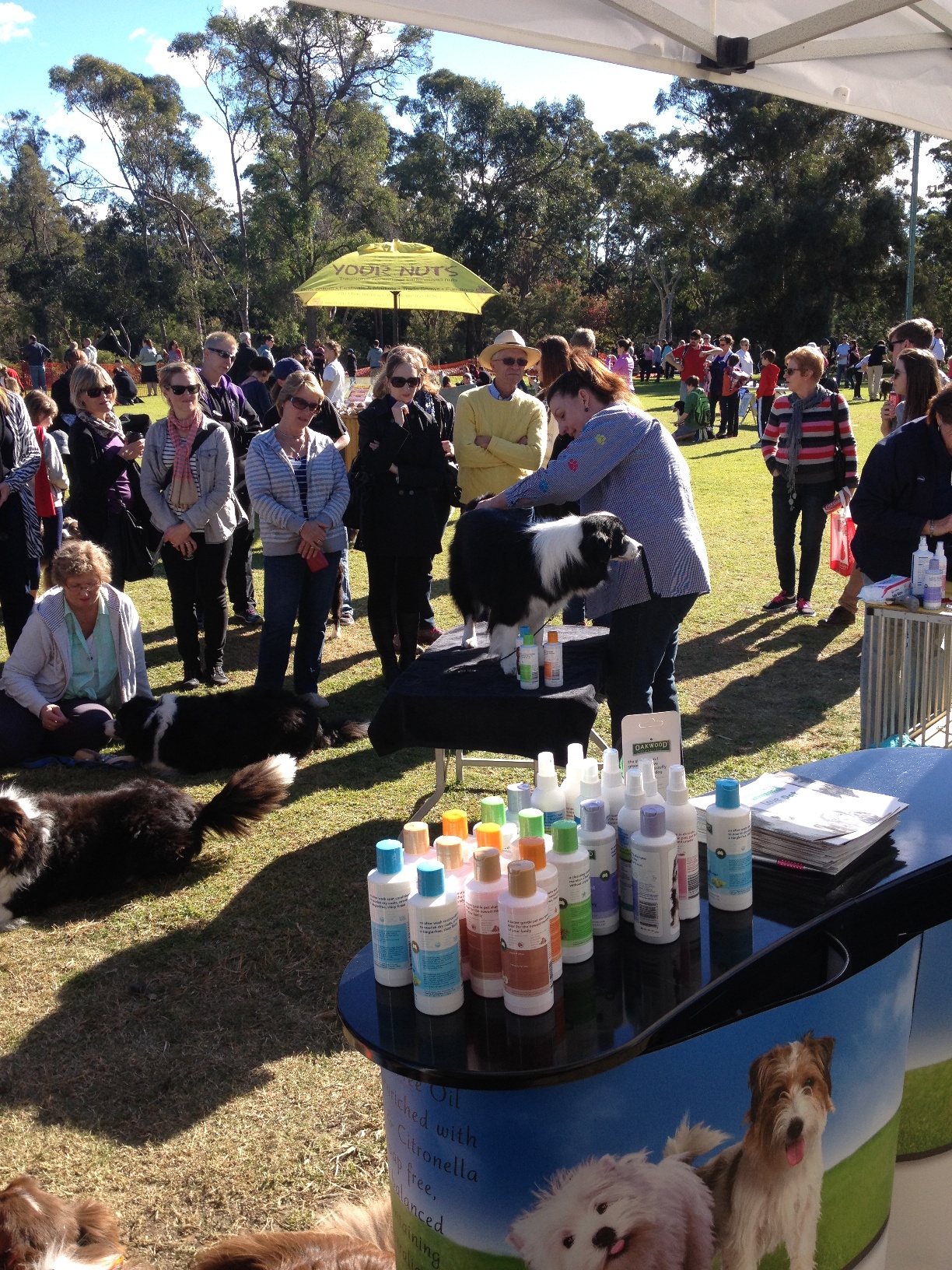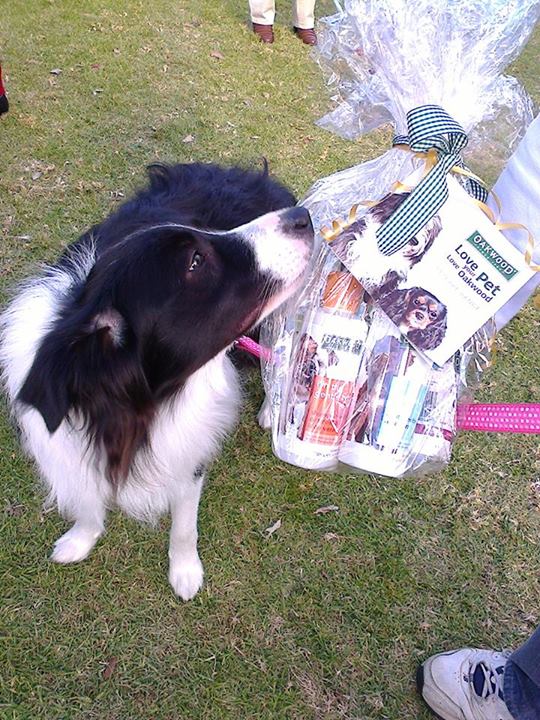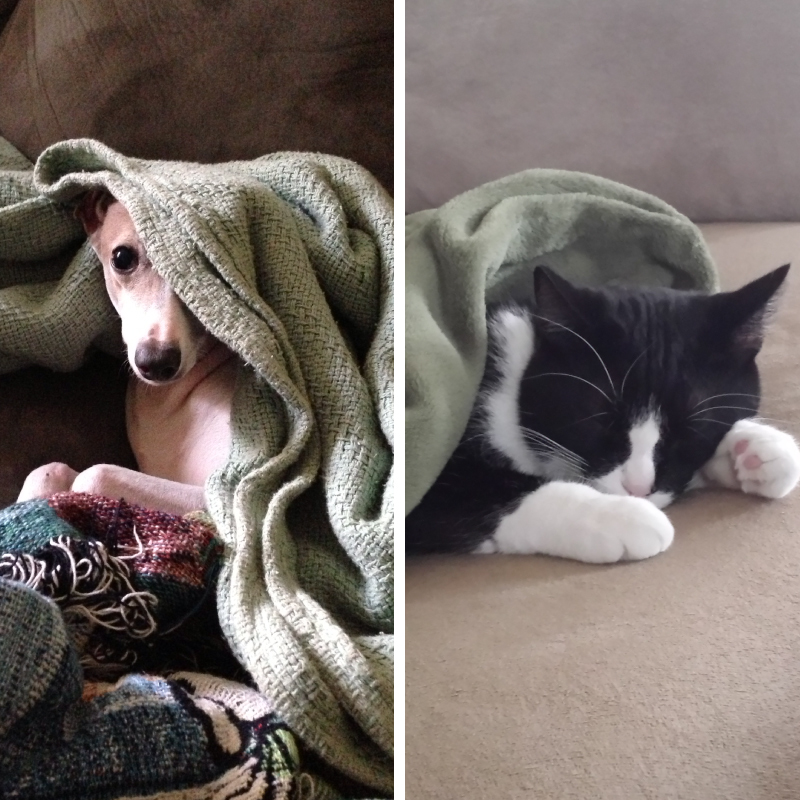
Inappropriate elimination can be caused by behavioural and medial reasons. Medical reasons may include urinary tract infections, kidney disease and incontinence due to old age. Your vet should check your cat’s health so you can rule out or manage such causes.
If there are no underlying medical issues, then avoidance or misuse of the litter tray should send you a clear message that your cat is trying to tell you something. You may be making some simple mistakes or it may be a more complex problem, but either way you should get onto resolving it as soon as possible, because the longer the behaviour continues the harder it will be to fix. To help work out why this problem is occurring consider the following:
- Has anything changed? Cats can become stressed by changes in the household such as moving house, changes to routine or the arrival of a new baby or a new pet. Anxiety or tension can also occur between cats or other animals in the household.
- Does your cat have easy access to the tray? Cats don’t like to share or queue, so if you have more than one cat be sure to provide at least one tray per cat as well as one additional tray.
- Is the litter tray clean enough to meet your cat’s standards? You should remove waste as often as possible and change litter at least once a week. Some cats prefer to have the litter changed and the tray washed and dried daily.
- Is the tray an adequate size? The tray needs to be large enough for your cat to toilet easily without the risk of a misfire or mishap, one and a half times the size of the cat is about right.
- Is the litter right? You need to ensure there’s enough litter in the tray to enable the cat to bury its waste. Simply changing the brand or type of litter can cause problems for some fussy felines, so you may need to be consistent with one brand or experiment with different products to establish which your cat is happiest to use.
- Is the litter tray private? Just like humans cats like privacy, so place the tray in a quiet space and well away from the area where the cat is fed. Covered trays can provide extra privacy, but be aware that many cats don’t like them.
Be aware that cat urine contains ammonia so take care not to use cleaning agents with ammonia as it can draw the cat back to eliminate in the same spot again. There are specific products available to remove cat urine and deter cats from urinating there again.
Finally, don’t punish your cat for toileting in the wrong place, rather than understanding that it’s a location issue the cat will most likely think they’re being punished for the simple act of toileting or for doing it when you’re around. Try not to be frustrated and annoyed, you need to calmly work out why the cat isn’t keen to use the litter tray.





